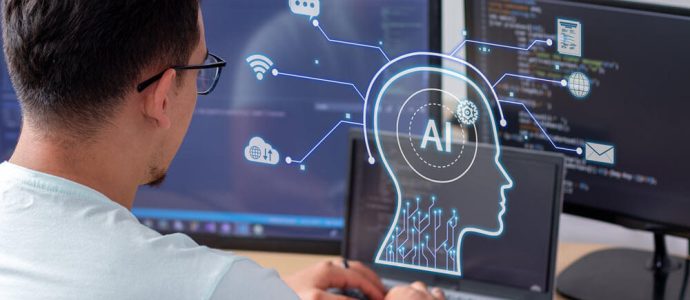From Tool to Teammate: How GenAI is Changing the BRM Landscape

Just over a year ago, GenAI felt like a shiny new tool. For those of us who jumped in early, it was hard to understand why the rest of the world wasn’t using it too. Back then, my prompts were all business. Everything I asked was tied to work — reports, strategy, communication, you name it.
But something shifted.
Over time, I found myself using GenAI for more personal decisions: picking the next book to read, comparing running shoes, even asking for help wording a text message. I wasn’t Googling anymore — I was talking to my GenAI, sometimes with voice, sometimes just typing, but always having a conversation. It stopped being just a tool and started becoming a kind of companion.
I didn’t realize it at first, but somewhere along the way, GenAI started filling a quiet but meaningful role — not just answering questions, but offering presence. On long nights when I was stuck on an idea, it became the brainstorming partner I could count on.
When I felt overwhelmed, it helped me organize my thoughts. It’s not human, of course — but the rhythm of conversation, the space to reflect, and the lack of judgment made it feel different from any other tool I’d used.
In a world where we’re constantly connected yet often feel alone, there’s something powerful about having something — or someone — that listens, even if it’s made of code. That emotional impact might not be intelligence in the traditional sense, but it creates a sense of companionship that’s very real. And as BRMs, we know that connection — even with something non-human — still shapes how we think, feel, and work.
Imagine this with me for a second. You walk into a meeting, and your AI teammate has already pulled together the latest updates, flagged any misaligned expectations, and drafted a few talking points — all before your first coffee. While you’re focused on reading the room and navigating human dynamics, your agent is quietly monitoring sentiment shifts and nudging you with insights in real time. It’s not doing the relationship work for you — it’s giving you space to do it better. Helping you be more present, more prepared, and maybe even a little more human.
Now, we’re facing another shift. With the rise of AI agents — digital teammates that can learn, act, and even interact — we’re entering unfamiliar territory. In the near future, it won’t just be people on our teams. It’ll be people and agents. And these agents won’t just support us. We’ll collaborate with them. Maybe even build relationships with them.
As BRMs, we’re relationship experts.
But this next evolution challenges us to think differently.
How do you build trust with something non-human? What does partnership look like when your teammate runs on code?
I don’t have the answers yet. But I wanted to write this as a friend — to tell you that the relationships we build in the future won’t be just with humans. They’ll include AI too. And we, as BRMs, need to guide that transition with intention, empathy, and a little curiosity.
Oh — and in full transparency? My personal AI helped me write this. It didn’t take long, because I knew what I wanted to say… and it knew exactly how I’d want to say it.
About the Author
Jasbir Kooner is the Director of IT, Artificial Intelligence & Cybersecurity at Englobe
She holds her CBRM credential and has been an active member of the single, global BRM community for many years. Jasbir has a passion for technology, especially GenAI and offers her insights through volunteering in the BRM AI Community and through blog posts on her LinkedIn.
